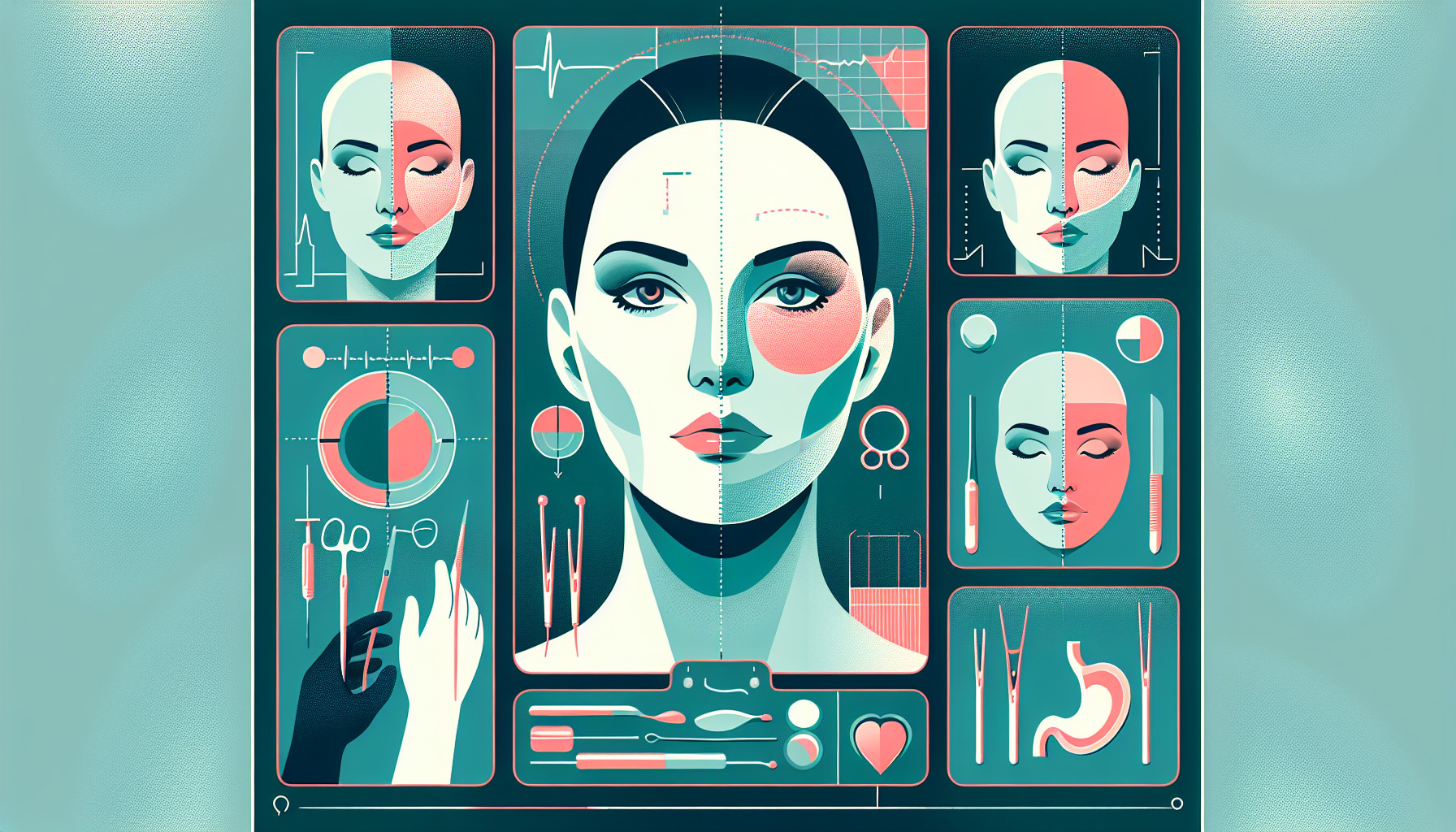Our Summary
This study wanted to see if using virtual reality (VR) could help reduce anxiety, pain, and confusion after waking up from anesthesia in children who were having day surgery. The VR showed the kids a friendly version of the operating room and explained what would happen during the surgery. The study included 200 children, aged 4 to 12, who were having surgery under general anesthesia at a Dutch children’s hospital.
The researchers found that the VR didn’t make a difference in terms of anxiety, pain, or confusion after anesthesia compared to the usual care. However, children who had more painful surgeries like tonsillectomies did need pain medication much less often if they had used the VR. This could be important because pain medication can have side effects.
The researchers suggest that future studies might want to look at using VR with kids who are more anxious or in pain, and also test out different timings and lengths of VR use.
FAQs
- What was the purpose of the study involving VR and children’s surgery?
- Did the use of VR impact the levels of anxiety, pain, and confusion in children after anesthesia?
- What were the study’s findings regarding the use of VR and the need for pain medication in children after more painful surgeries?
Doctor’s Tip
A doctor might tell a patient undergoing craniofacial surgery that using virtual reality (VR) before the surgery could help reduce anxiety and pain afterwards. This can help the patient have a more positive experience and potentially reduce the need for pain medication. It is important to discuss this option with your healthcare provider to see if it is appropriate for your specific situation.
Suitable For
Patients who may benefit from craniofacial surgery typically have congenital abnormalities, such as cleft lip and palate, craniosynostosis, or other craniofacial deformities. Patients with traumatic injuries to the face or head, as well as those with tumors or growths affecting the facial structures, may also be recommended for craniofacial surgery. Additionally, individuals with functional issues related to the jaw, skull, or facial bones may also benefit from this type of surgery.
Timeline
Before craniofacial surgery:
- Patient meets with a craniofacial surgeon to discuss the procedure, risks, and expected outcomes.
- Patient undergoes pre-operative tests and evaluations to ensure they are healthy enough for surgery.
- Patient may meet with a psychologist or social worker to discuss any emotional or mental health concerns related to the surgery.
- Patient may undergo orthodontic treatment to prepare for the surgery.
- Patient undergoes the craniofacial surgery, which typically lasts several hours.
- Patient wakes up from anesthesia in the recovery room and is monitored closely by medical staff.
After craniofacial surgery:
- Patient may experience pain, swelling, and bruising in the face and head, which is managed with medication.
- Patient is monitored for any complications or side effects of the surgery.
- Patient may need to stay in the hospital for a few days to recover before being discharged.
- Patient may need to follow a special diet or take specific precautions to ensure proper healing.
- Patient may need to attend follow-up appointments with the surgeon to monitor healing and address any concerns.
- Patient may undergo physical therapy or speech therapy to help with recovery and rehabilitation.
- Patient may experience improvements in their appearance and function as a result of the surgery.
What to Ask Your Doctor
Can craniofacial surgery be done using virtual reality technology to help reduce anxiety and pain during the procedure?
What are the potential benefits of using VR during craniofacial surgery for both adults and children?
How does using VR during craniofacial surgery impact post-operative recovery and pain management?
Are there any potential risks or drawbacks to using VR during craniofacial surgery?
How does the use of VR in craniofacial surgery compare to traditional methods in terms of patient outcomes and satisfaction?
Are there specific types of craniofacial surgeries that may benefit more from the use of VR technology?
What is the cost associated with incorporating VR technology into craniofacial surgery procedures?
Are there any additional resources or support available for patients who are interested in using VR during their craniofacial surgery?
Reference
Authors: Eijlers R, Dierckx B, Staals LM, Berghmans JM, van der Schroeff MP, Strabbing EM, Wijnen RMH, Hillegers MHJ, Legerstee JS, Utens EMWJ. Journal: Eur J Anaesthesiol. 2019 Oct;36(10):728-737. doi: 10.1097/EJA.0000000000001059. PMID: 31356373
